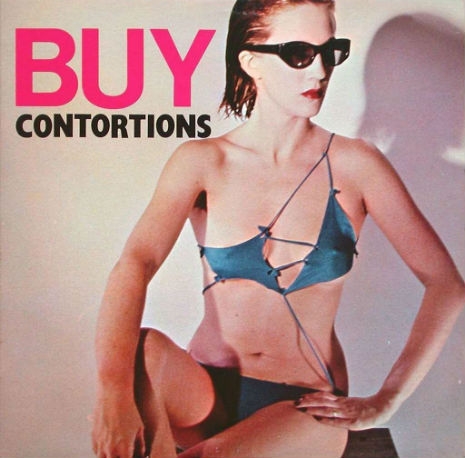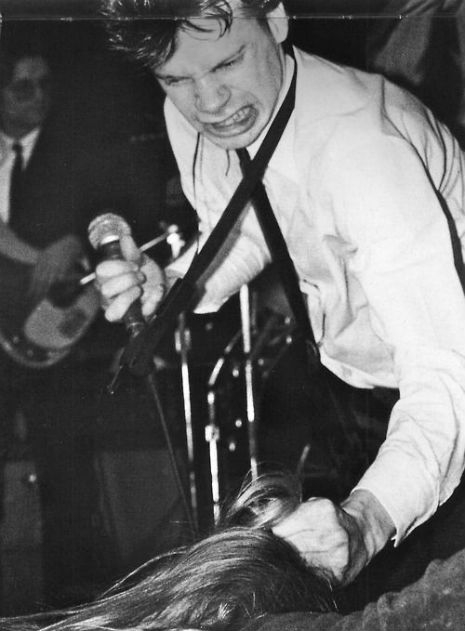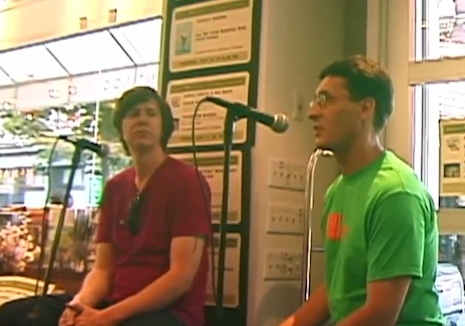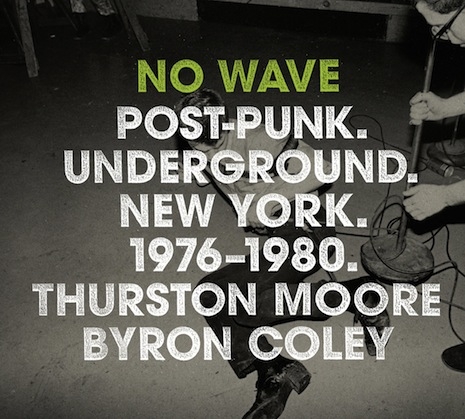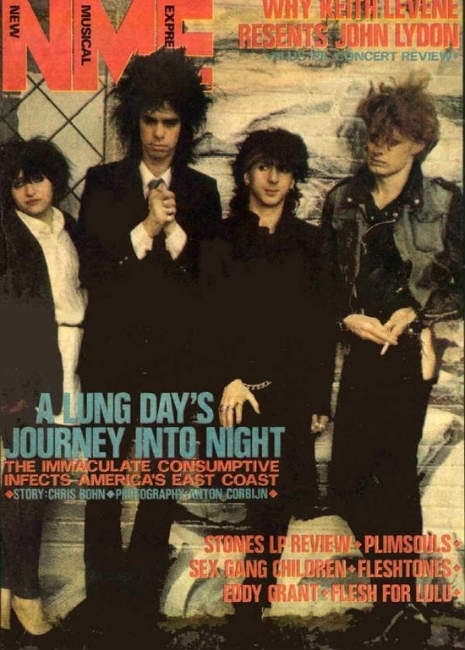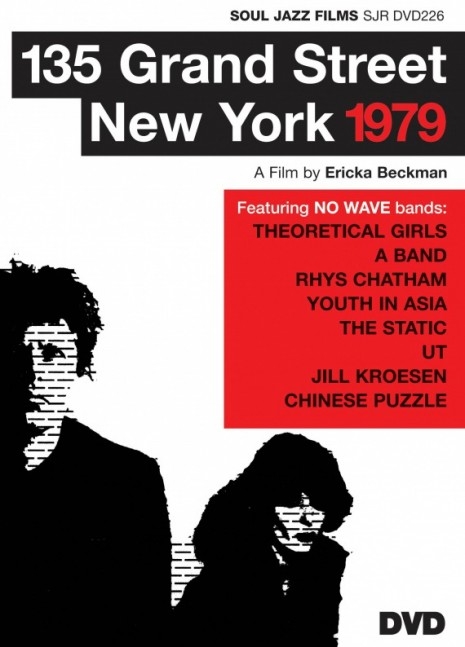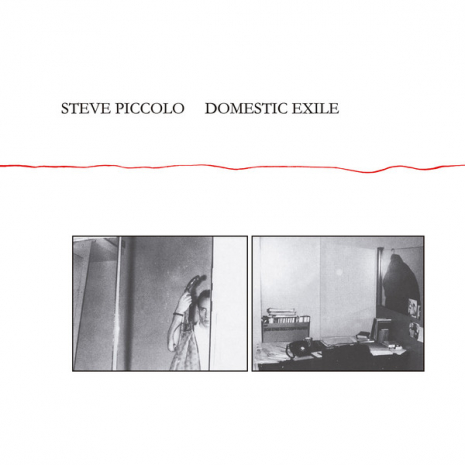
In the late 1970s, Steve Piccolo was a founding member of the seminal No Wave jazz band Lounge Lizards along with John Lurie, his brother Evan Lurie and Arto Lindsay. He’d studied music at Bard and NYU and was doing performances, art and sound installations at night while during the day maintaining a job as a Wall Street computer analyst.
In 1982 Piccolo recorded an oddball—defiantly angsty and neurotically urban—low-fi minimalist singer/songwriter album titled Domestic Exile. The various songs were composed for his performances in art spaces but hang together nicely as an album due to the slightly sinister Jonathan Richman-esque persona employed on songs like “Businessman’s Lament” and “Superior Genes.” Whether or not he was actually anything like this at the time or just playing a character, I cannot say, but the image that comes to mind, to my mind at least, is that of a Wall Street guy, maybe he’s a Libertarian, on the downtown 6 train reading an Ayn Rand novel while listening to Merzbow or Swans full blast on his Sony Walkman.
Fellow Lizard Evan Lurie played keyboards on Domestic Exile and John Lurie took the photos for the cover. One of the numbers, a truly original love song called “I Don’t Want to Join a Cult” was an underground hit in Manhattan clubs and Debbie Harry reportedly wanted to do a cover version.
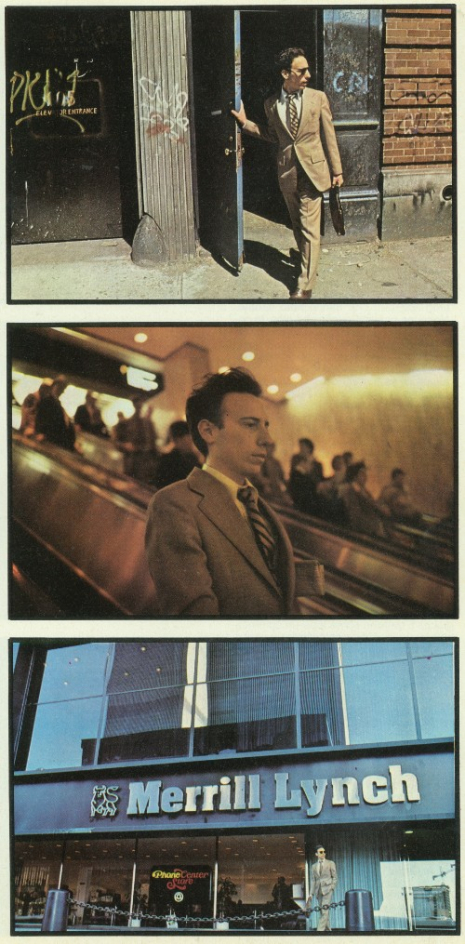
As no NYC-based record label was interested in releasing the album, Steve took it to to Italy where it was released by Materiali Sonori in a limited edition. In March Guerssen Records will release the first LP/CD/Digital reissue of Domestic Exile since the initial pressing in 1982. It’s a quirky collection, really unlike anything else I could think to compare it to. Highly recommended.
“I Don’t Want To Join A Cult”
More from ‘Domestic Exile,’ after the jump…






